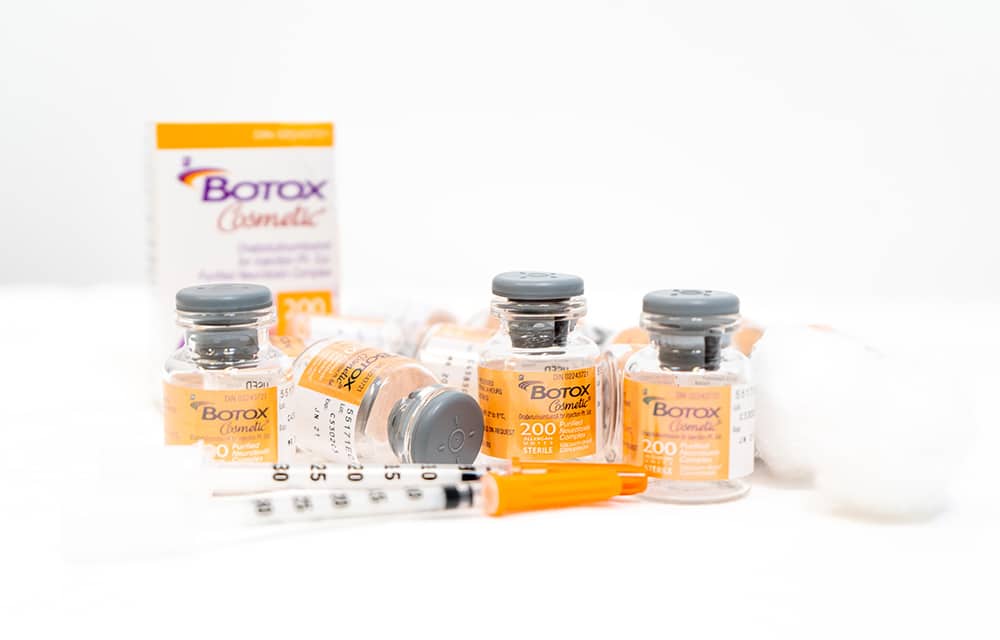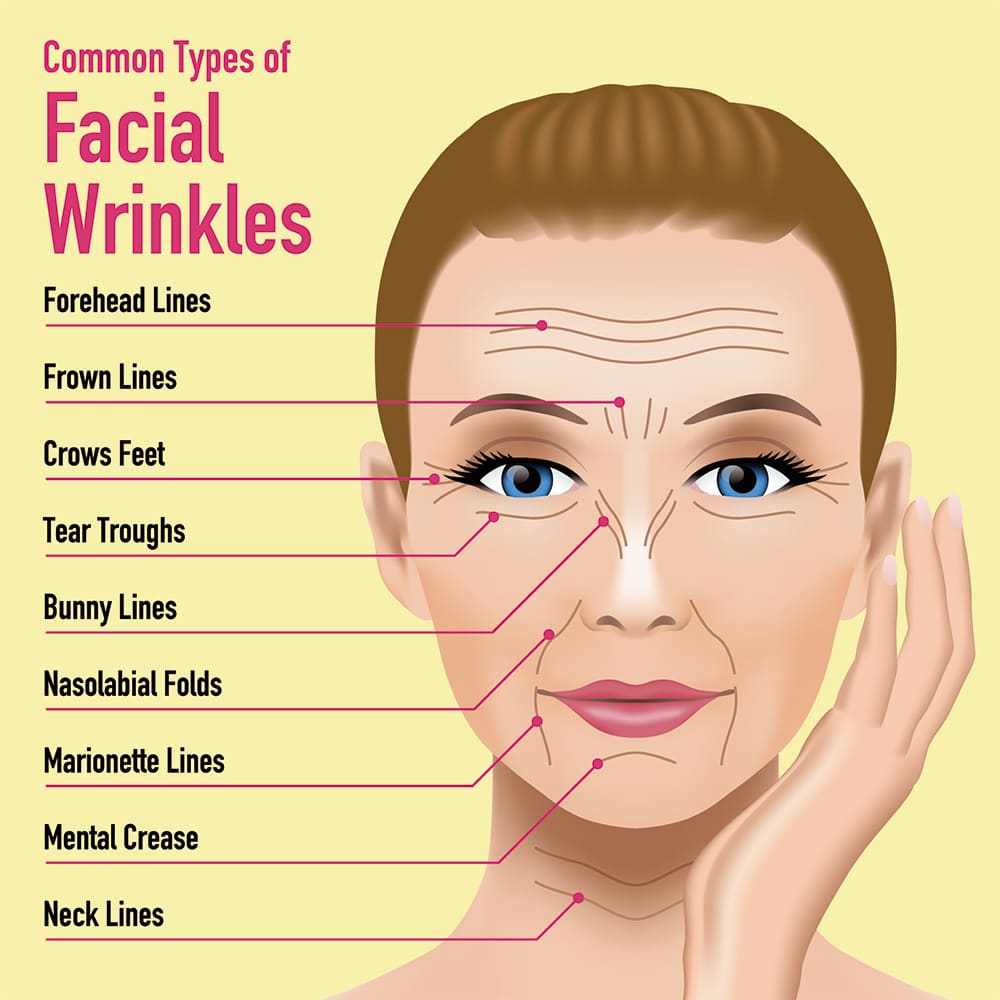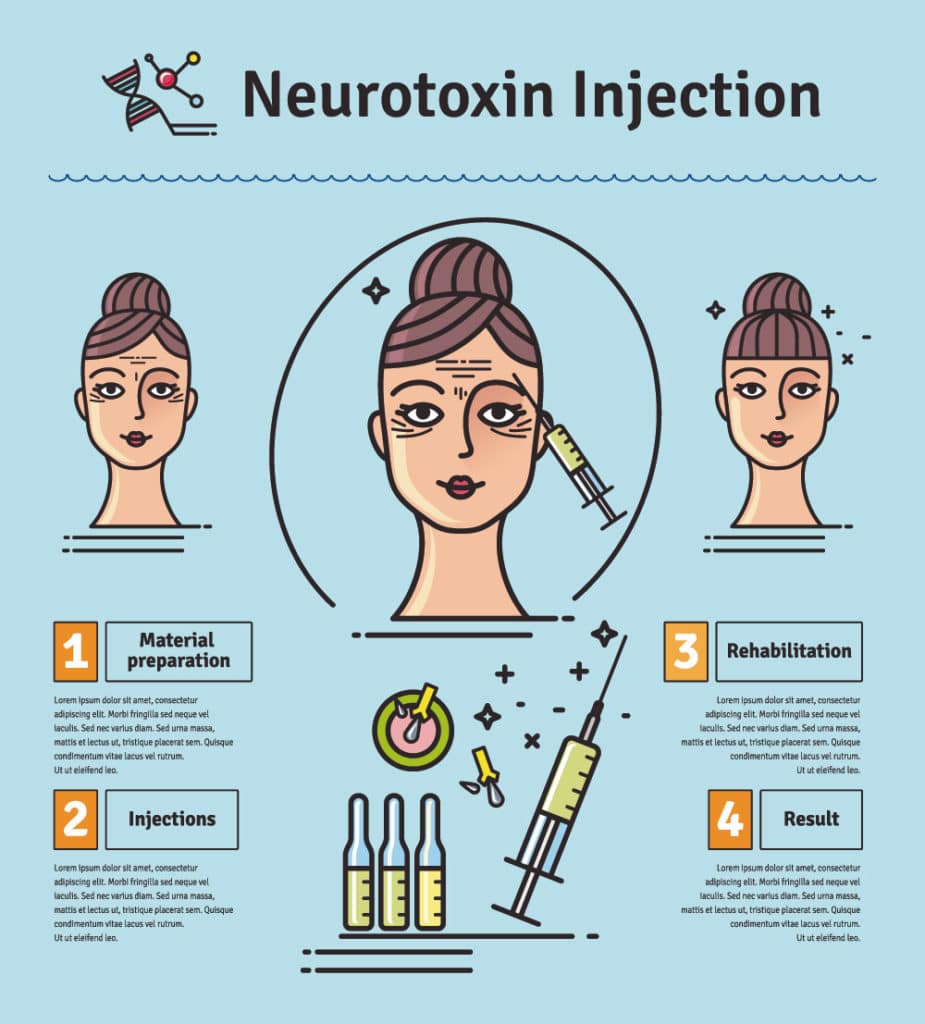Which neurotoxin is right for you, Botox™ or Dysport™? Which will give you the best results?
A neurotoxin is an injectable that temporarily blocks nerve receptors in the muscle temporarily. Botox™ and Dysport™ have the same active ingredient that blocks the nerve receptors: botulinum toxin type A.
In aesthetic medicine, these injectables prevent the formation and worsening of fine lines and wrinkles because they are injected directly into the muscle stopping all nerve impulses. This cosmetic treatment is the most popular nonsurgical procedure out there.
The Naderi Center for Plastic Surgery and Dermatology has mastered the art of injections. We carry Botox™ and Dysport™ and all of our doctors are master injectors.
The injectables are manufactured by different companies and have different costs, potencies, and formulas.
Dr. Naderi states that, “the difference between Botox™ and Dysport™ is like the difference between Coke and Pepsi. He says, “There are subtle differences between the two, but most don’t notice any.”

Botox™ is an FDA approved neurotoxin manufactured by Allergan®. The inactive ingredients include plasma proteins and sodium chloride.
This neurotoxin is generally used to treat or prevent lines on the forehead, between the eyes, around the eyes, and frown lines. It can be used to treat and prevent lines on the neck as well. Botox™ also has a component that can be used to treat and reduce symptoms of common medical conditions such as migraines, excessive sweating (hyperhidrosis), muscle tension disorders/spasms (i.e TMJ) and more.
The cost depends on the number of units injected, the area being treated, and the doctor injecting it.
Botox™ is not permanent. It takes up to two weeks to see the full result of the Botox™ injection and lasts about 3 to 4 months to a year depending on a patient’s metabolism.

Dysport™ is another FDA approved neurotoxin manufactured by Galderma®. The inactive ingredients in Dysport™ are plasma proteins and contains cow’s milk proteins, meaning that it should not be used on patients with milk allergies.
This neurotoxin, like Botox™, is used to treat and prevent wrinkles and lines around the mouth, between the eyebrows, around the eyes and on the forehead.
The cost for Dysport™ also depends on the units injected, the area being treated and the doctor. Dysport™ is less costly compare to Botox™, but more units are needed to achieve the same result as Botox™. Dysport™ can have the same therapeutic response as Botox™.
Dysport™ has a higher rate of diffusion which make it more ideal for treating larger areas like the forehead. The full result may show up as soon as 24 hours after injection but has a shorter lifespan than Botox™, around 3 to 4 months.

The injection procedure for both neurotoxins takes only a few minutes. Botox™ and Dysport™ injections provide the same general result and last a similar amount of time, for the average patient. With both injectables, there is about 24 to 48 hours of downtime, and minimal bruising and swelling.
With any cosmetic procedure, comes risks. Botox™ and Dysport™ are neurotoxins, meaning that they are toxic, even though they are generally considered safe.
Common side effects after a Botox™ injection include redness, swelling, bruising, minimal pain, numbness, and a headache. These side effects typically subside within a week, but if not, be sure to call your doctor right away. A more serious, but rare, side effect of Botox™ is paralysis.
Common, but minor, side effects from a Dysport™ injection includes minor pain at the injection site, swelling around the eyelids, rash or irritation, and a headache. Major side effects involve nausea, sinusitis, or an upper respiratory infection.
A rare but serious problem that may occur is botulinum toxicity. Signs of botulinum poisoning are droopy eyelids, blurred vision, weakened facial muscles, muscle spasms, difficulty swallowing or breathing, and trouble speaking.
If any rare or major side effects occur, call your doctor, or seek medical attention immediately.
If you are pregnant, have a milk allergy, have a history of botulinum toxin sensitivity or are over the age of 65, you may not be a candidate for neurotoxin injections.